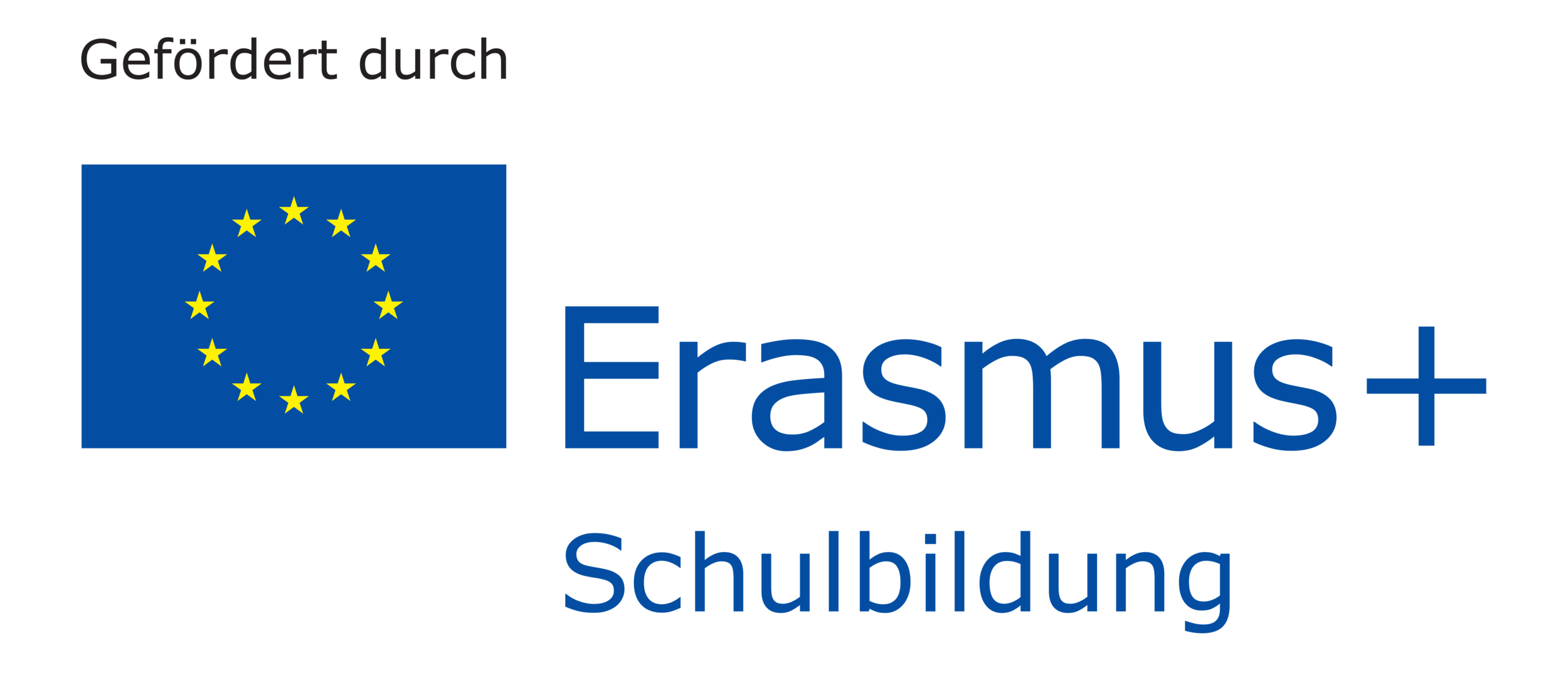Identify and Work on Potential for Action
Focus on individual strengths, abilities and competencies of a child and her family. Rana’s risk factors are that she comes from a different environment and doesn’t know what to expect from this one. She is used to a different style of teaching and has no orientation within her new educational setting. Her strengths are that she understands and speaks the language.
Promote the Competencies of a Child
An educator must recognize that in order to foster prosilience, they must focus on promoting competence and reducing vulnerability and risk (Masten & Powell, 2003, S. 18-19). Because Rana speaks the language of the kindergarten, her educators can use methods such as explaining the steps of the day to her in order to help her feel better oriented in her new environment. For example, they can explain, “Now it is snack time, everyone will go wash their hands, then find a seat for snack” and then even more directly: “Rana, it’s your turn to wash hands and then you may find a seat for snack.” Even though Rana is older, and her language is developed, giving simple step by step instructions, can help her better grasp on to each new step of the day and be able to connect more easily to it during what can be a very overwhelming time for her.
Promote Positive Outcomes for Children
The optimism exhibited by a positive relationship with an educator helps to promote self-worth and to develop a child's self-esteem, self-efficacy, autonomy and positive thinking, all which contribute to a child's resiliency (Benard, 1995, S. 2) (Kidder, 1990). During unstructured play time, an educator can show Rana what options are available to her so that she may know what is expected of her. Maybe the children are allowed to express which activities they would like to choose, and this would help Rana to know what her options are.
Model Positive Relationships
Communicating with families before the child has entered kindergarten as well as continuing to collaborate throughout the first year of settling in can provide positive experiences for parent, educator, and most importantly, child (Luthar & Cicchetti, 2000). Communication both with the child and the family is a key factor to fostering a child's prosilience.
Empower the Child
It is clear that Rana does not feel in control of her surroundings. Certain things about this environment and setting, possibly even the majority of things, are different from the environment she was previously in. To empower Rana, her educators must show her she can make choices and exert independence. They can show her that she gets to decide where and with what she would like to play. They can show her how capable she is of helping with the setup or clean up routine during snack time. They can empower her to put on her own jacket with fun tricks to show how competent and in control of her choices she is. This can help her to feel better about being in a new place, and to know that she is still herself and she can make choices and control her own outcome.

